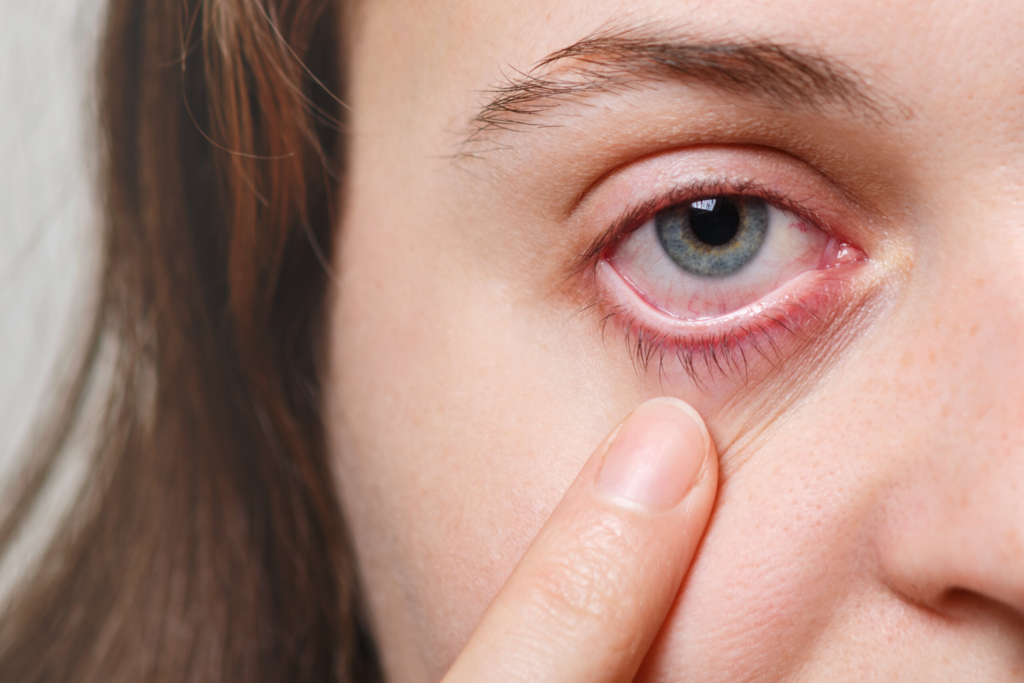Travellers have been urged to follow safety guidelines to prevent further transmission.
The alarming spread of the Marburg virus, also known as the “bleeding eye virus,” has captured global attention due to its high fatality rate and rapid transmission. Health authorities are urging the public and travelers to follow strict precautions to limit the outbreak, which has already claimed lives and continues to spread across Africa.

Current Outbreak and Global Response
As of now, the virus has claimed 15 lives in Rwanda and infected hundreds of individuals across 17 African countries. Over the last two months, the outbreak has intensified, raising significant concerns among global health organizations. Public health officials are actively monitoring the situation and coordinating response efforts to prevent further spread. The virus’s fatality rate can reach up to 50%, making it a critical threat in regions already grappling with other health crises.
Understanding Marburg Virus Disease (MVD)
Marburg Virus Disease (MVD), often referred to as the bleeding eye virus, is a severe, highly infectious illness closely related to the Ebola virus. The disease causes widespread damage to the blood vessels, resulting in internal and external bleeding, including from the eyes, which is its most notorious symptom. According to the World Health Organization (WHO), the fatality rate ranges from 24% to 88%, depending on the availability and quality of medical care.
Symptoms of the Bleeding Eye Virus
Symptoms usually emerge suddenly, following an incubation period of 2 to 21 days. Early warning signs include:
- Fever
- Severe headaches
- Muscle pain
- Fatigue
Within a few days, symptoms may escalate to:
Watery diarrhea
Abdominal pain
Nausea and vomiting
Non-itchy rash (typically appearing within the first week)
In severe cases, the virus leads to extensive hemorrhaging, with fresh blood visible in vomit, feces, or bleeding from the nose, gums, and other orifices. Patients often succumb to the illness within 8 to 9 days of symptom onset, primarily due to shock or multiple organ failure.
How Does the Virus Spread?
The Marburg virus spreads primarily through:
Direct contact with bodily fluids such as blood, saliva, sweat, vomit, feces, urine, or breast milk of infected individuals.
Contaminated surfaces or materials, including clothing and bedding used by an infected person.
Human-to-human transmission via broken skin or mucous membranes exposed to infected fluids.
Healthcare workers and individuals participating in funeral rites that involve touching the deceased are at heightened risk.
Preventive Measures and Safety Guidelines
To minimize the risk of infection, individuals should:
- Avoid Contact with Bats
Bats are the natural reservoir of the Marburg virus. Refrain from entering caves or mines inhabited by bats. - Cook Meat Thoroughly
Avoid consuming raw or undercooked meat from potentially infected animals. - Practice Good Hygiene
Wash hands regularly with soap and water or use alcohol-based hand sanitizers. - Avoid Close Contact
Steer clear of individuals showing symptoms or those who have been in contact with infected persons. - Protect Healthcare Workers
Ensure they wear personal protective equipment (PPE) when treating suspected cases. - Follow Travel Advisories
Avoid travel to affected areas unless necessary, and adhere to recommendations from public health agencies.
Current Status and Health Advisories
The WHO has issued a travel advisory recommending against non-essential travel to Rwanda. Public health agencies in other nations have also warned against high-risk activities, such as handling wildlife or participating in burial rituals in affected regions. Strict containment measures, including contact tracing, isolation, and international coordination, are being implemented to curb the virus’s spread.
Global Implications
The Marburg virus represents a serious public health threat, especially in regions with limited access to healthcare. International collaboration is crucial to control the outbreak, develop effective treatments, and prevent future epidemics. The crisis highlights the need for enhanced surveillance and preparedness to tackle zoonotic diseases that can rapidly evolve into global pandemics.
Stay informed by following updates from trusted sources such as the WHO and local health authorities. Share this information to raise awareness and help protect vulnerable populations.
Recommended 100% Natural Vision Support Products
All products listed below are crafted with natural ingredients and approved by the FDA, ensuring safety and efficacy. Explore these solutions designed to improve and protect your eye health. Click to learn more about each product!
EyeFortin
A natural, ultra-absorbable dropper that supports strong vision and overall eye health. Experience a simple yet powerful way to maintain your eyesight.
👉 Learn More About EyeFortin
VisiSoothe
Restore fading eyesight with this amazing natural method. VisiSoothe can help bring back crystal-clear 20/20 vision effortlessly.
👉 Discover VisiSoothe Benefits
iGenics
Tackle the root cause of vision loss with this effective supplement. iGenics is designed to stop vision deterioration in its tracks.
👉 Find Out How iGenics Works
ClearVision Pro
Formulated with 12 tropical nutrients backed by clinical research, this product promotes eye health and enhances overall vision.
👉 Discover ClearVision Pro
Clear Crystal Vision
Advanced eye health supplement with a powerful natural formula. It supports clear vision, reduces inflammation, and promotes a healthy visual system.
👉 Find Out About Clear Crystal Vision
Take Control of Your Eye Health Today!
These 100% natural, FDA-approved products are designed to help you maintain strong vision and protect against future issues. Don’t wait—click the links to learn more about how these products can improve your life.

This post is for general informational purposes only. It should never be considered a substitute for advice provided by a physician or other qualified healthcare professional. Always seek the advice of your physician or other qualified health provider with questions you may have regarding your health or medical condition. Some of the links above are affiliate links, which means I earn a small commission when you purchase through them, at no extra cost to you. I don’t align myself with any brand that I don’t love, use and trust 100%.

Dr. Sarah Miller is widely recognized as an influential leader in the healthcare field, with a career marked by excellence, innovation, and dedication to improving human well-being. Combining exceptional academic knowledge, clinical experience, and a deep commitment to research, she has become a reference in her specialty.






